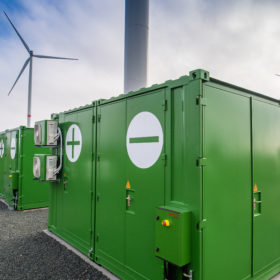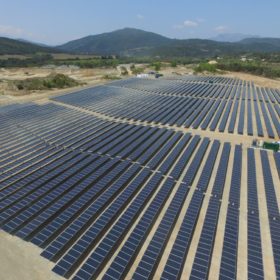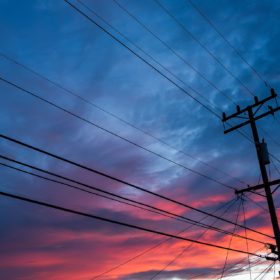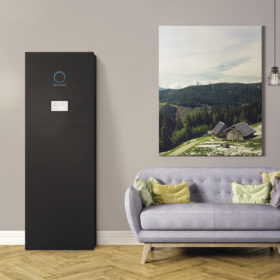Siemens backs 5 GW green hydrogen plan for Australia
A massive green hydrogen production project has been unveiled in Western Australia with Siemens on board as technology partner. The location has been touted as Australia’s best for solar and wind power generation potential.
Ireland allocates 110 MW in large scale storage auction
Originally intended to commission 140 MW of storage, the tender drew three winning projects: a 50 MW system and two 30 MW facilities. Eirgrid has estimated the total value of the contracts at around €6 million per year.
Corsica hosts 5 MW/7.5 MWh solar plant with Tesla batteries
The project is in Giuncaggio, in the northeastern part of the French island, and was built with Tesla Powerpack batteries, a Nidec power management system and a new power management device from the project’s developer Corsica Sole.
Australia’s Horizon to replace overhead network with solar and batteries
A recent project milestone saw the disconnection of properties from overhead lines and will enable 64km of poles and wires to be replaced by off-grid solar-plus-battery solutions.
Chad gets financing for large scale solar-plus-storage project
An €18 million loan has been provided by the African Development Bank. The solar park, planned for capital N’Djamena, will be coupled to 4 MWh of storage.
Australia’s Townsville battery gigafactory reaches new milestone
Plans to develop an 18 GWh lithium-ion battery factory in northern Queensland have reached an important milestone with the project feasibility study submitted to the Queensland government.
CleanSpark-ing up to ensure the grass is always greener
A U.S. microgrid specialist will draw up proposals for an independent solar-plus-storage system to ensure a remotely-situated cannabis farm in California can get the energy it needs to power cultivation.
Italy has 80 MW/168 MWh of storage linked to renewables
According to figures from Italian renewables body ANIE Rinnovabili, 18,036 storage systems coupled to clean energy power generation have been installed in the country. Most of the batteries are in Lombardy, whose administration offers rebates.
Gambia plans 150 MW solar project with 20 MWh storage option
The solar park will be connected to the Soma substation, a piece of grid infrastructure expected to increase electricity access in the country to 60%. The project will add to 30 MW of other solar facilities under development in the West African nation.
Solar supporting peacekeeping in DR Congo
A report by the Powering Peace organization states UN missions in the Democratic Republic of Congo could reduce expense and pollution by using off-grid solar to power operations instead of diesel generators. Adding a 200 kW solar system with 200 kW/450 kWh of energy storage would reduce diesel consumption 80% for 10-year savings of almost $2.6 million, states the group.









